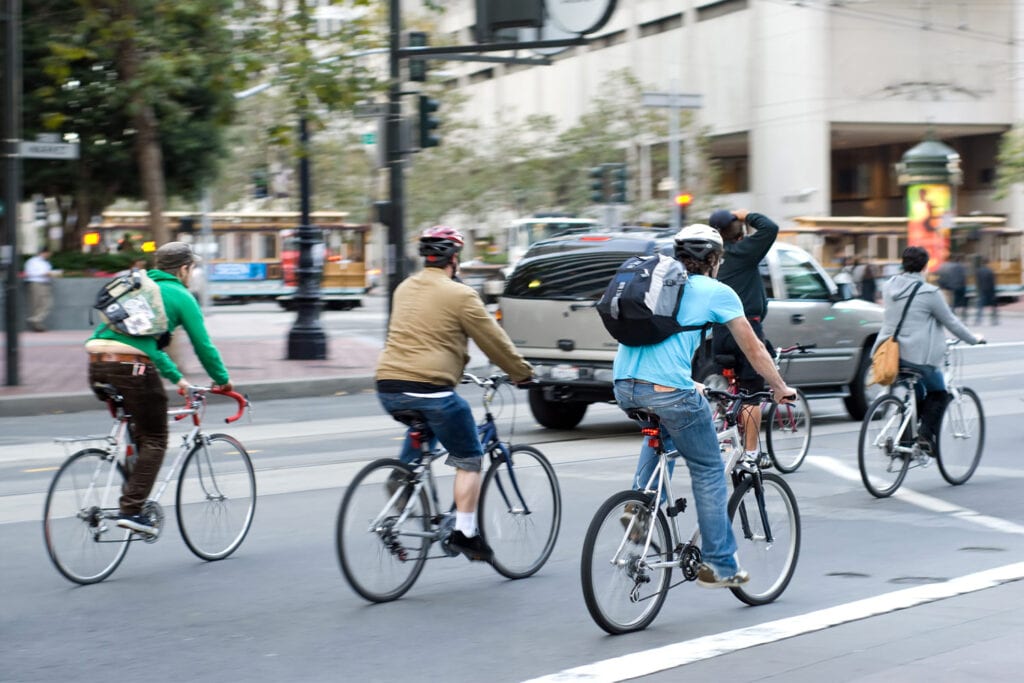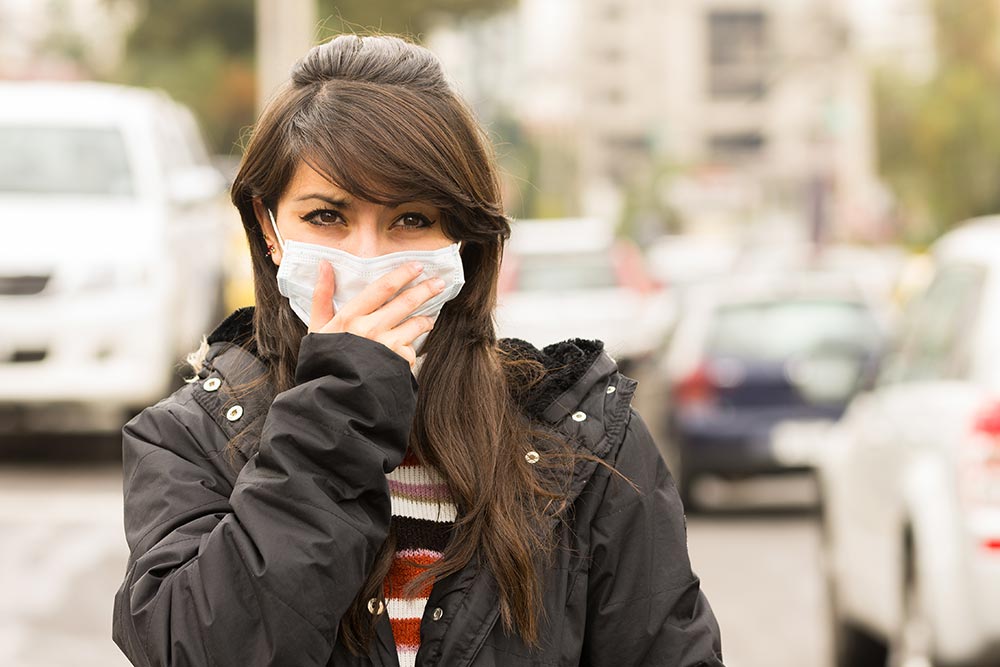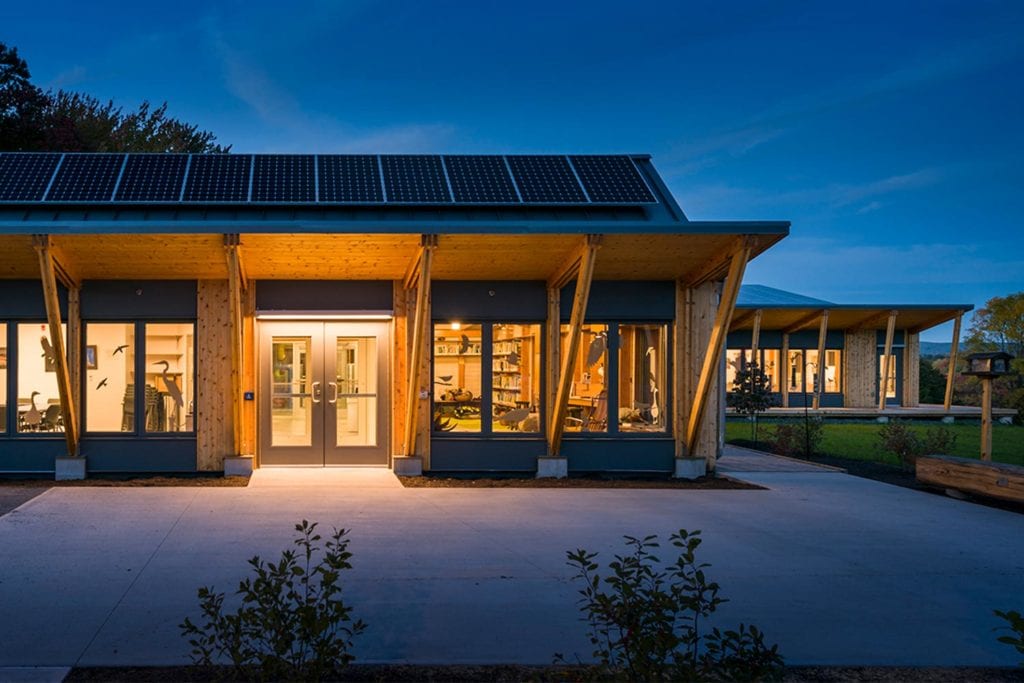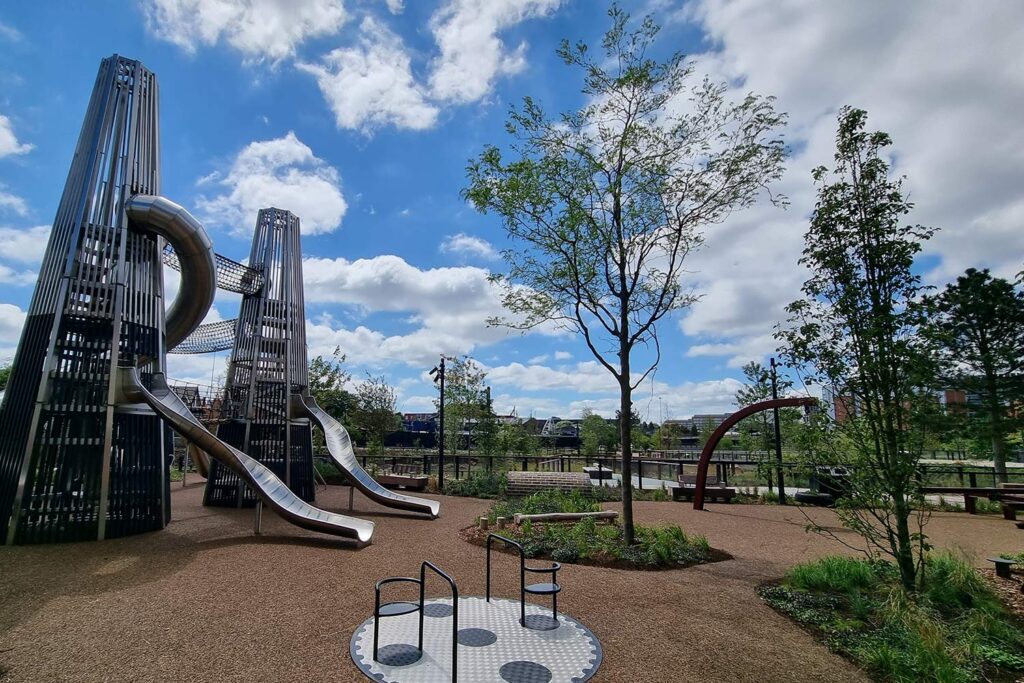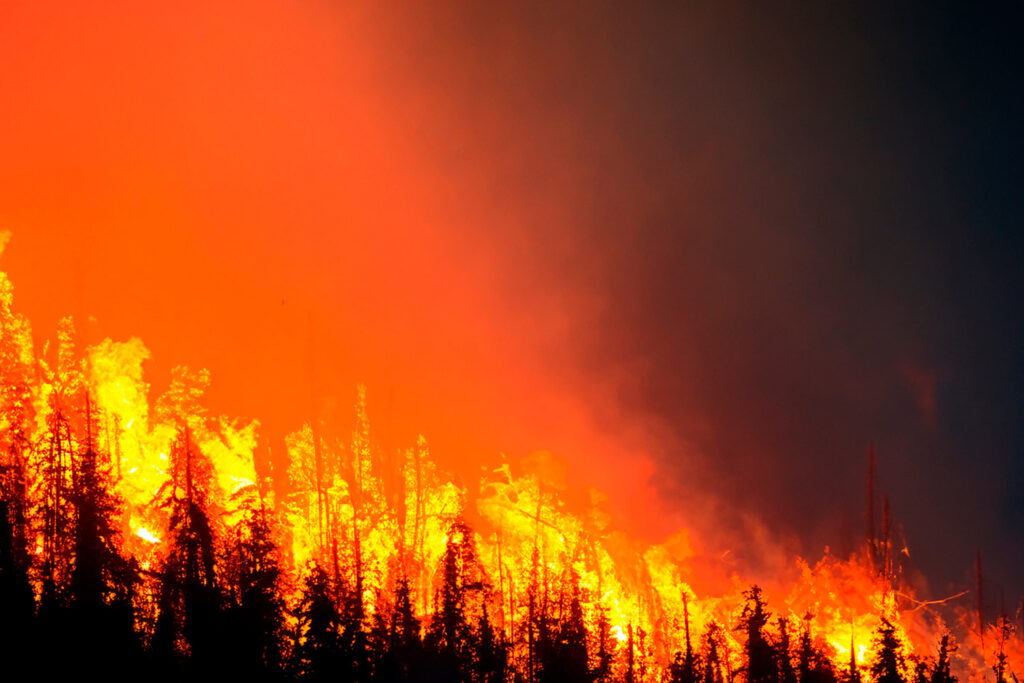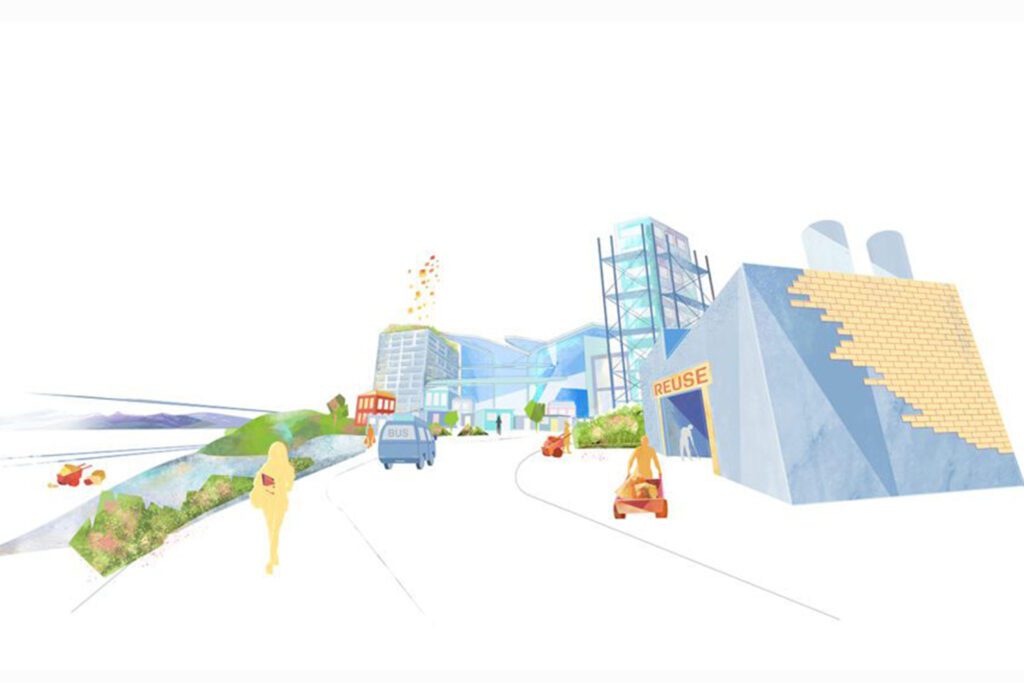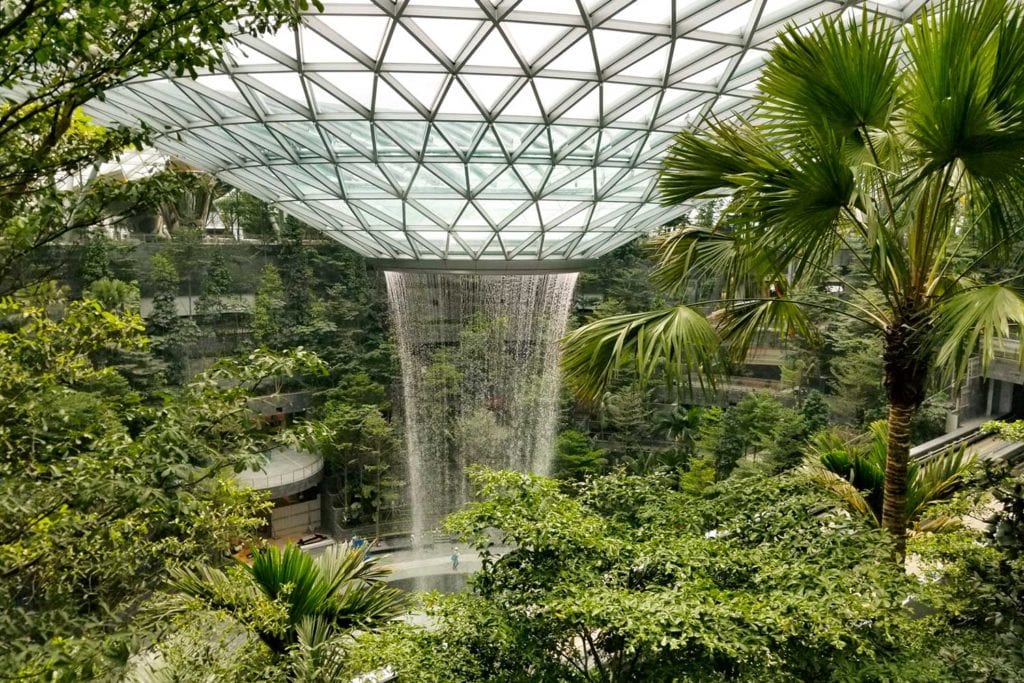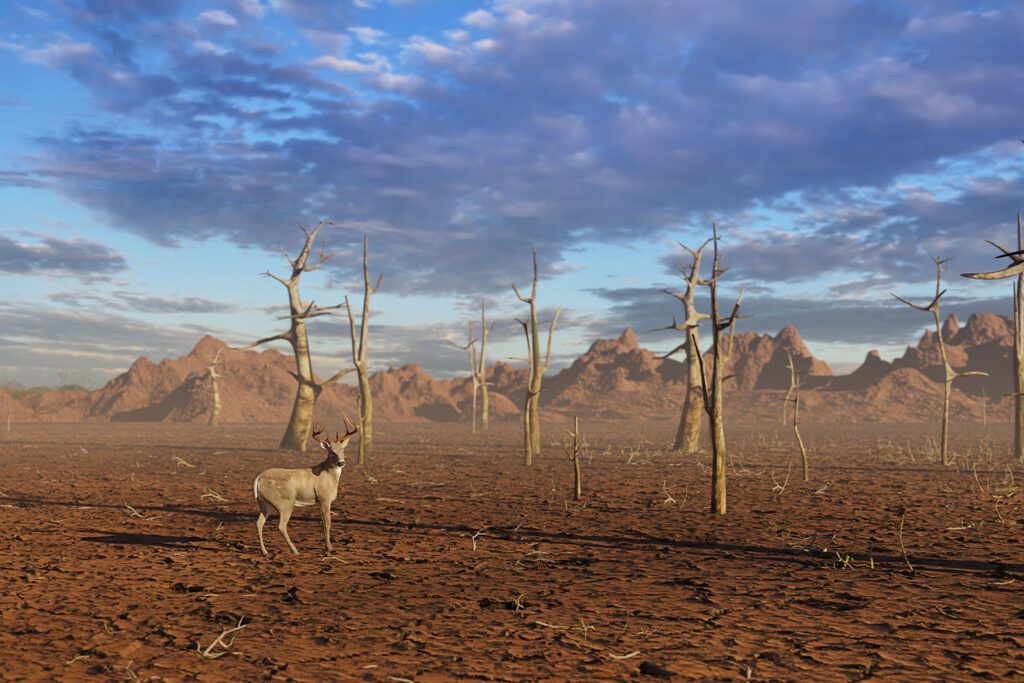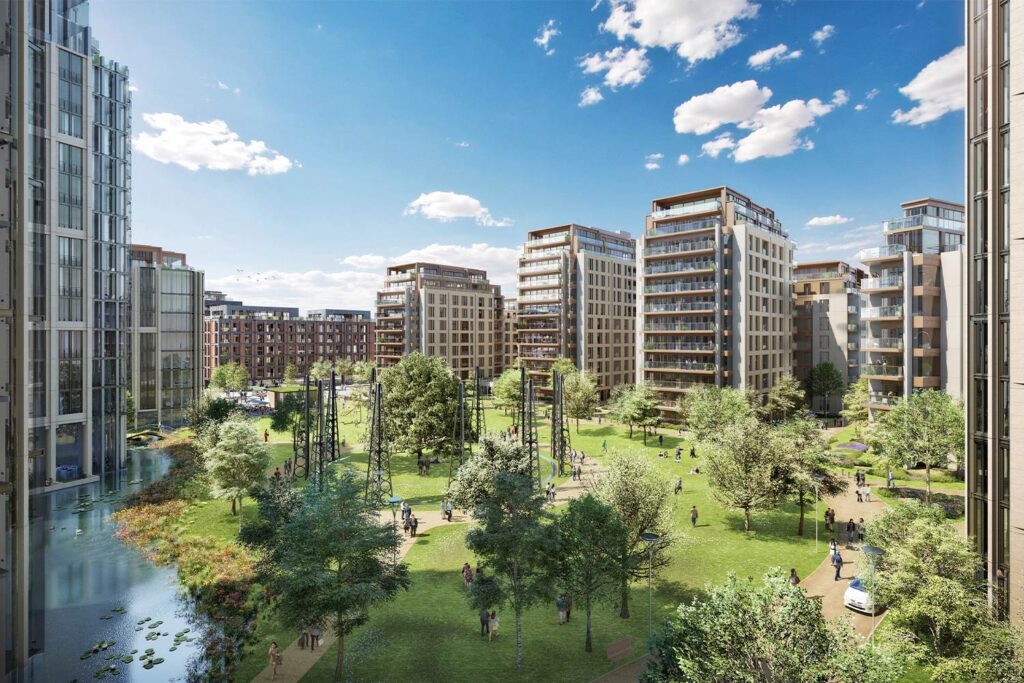World Environment Day 2020 is all about biodiversity
World Environment Day is a day to engage governments, businesses and citizens in environmental action and encourage social change and awareness. This year, it is all about biodiversity.
Biodiversity is the diversity of life and the ecological interactions between all lifeforms. It influences the productivity and stability of natural ecosystems, including the ecosystem services they provide.
Ecosystem services are the contributions that ecosystems make to human wellbeing, such as forests sequestering carbon to reduce climate change impacts, and mangroves acting as fish nurseries to support local fish stocks.
Biodiversity boosts ecosystem productivity and each species – no matter how big or how small – has an important and integral role to play.

Biodiversity at Buro Happold
Biodiversity Net Gain
At Buro Happold, biodiversity is considered at all stages of a project’s lifecycle; by striving to protect, preserve and enhance the world’s terrestrial and marine ecosystems, whilst at the same time helping our clients to achieve their objectives.
One example of this is our target to incorporate ‘Biodiversity Net Gain’ (BNG) into all our UK based projects ahead of it becoming a statutory requirement in 2021. As a concept, BNG aims to minimise biodiversity losses and restore ecological networks to ensure that any development leaves biodiversity in a better state than it was before.
Through BNG, we enable clients to achieve a measurable positive effect on biodiversity alongside their development objectives. By encouraging developers to integrate the natural habitat and ecological features into the design of their projects, we help to ensure that developments make meaningful contributions to local biodiversity.
International Best Practice
Another way we strive to protect, preserve and enhance biodiversity is to collaborate with global research partners in order to facilitate world class environmental research.
For example, we are currently involved in several research projects in the Red Sea to better understand factors like important habitats for marine mammals and threatened turtles, and the locations of ecological corridors for migratory species.
We use the outputs from this research alongside GIS mapping and data modelling to build-up a picture of how ecosystems operate over large areas (rather than the traditional approach of simply identifying a species in a certain location).
This enables us to prepare regional environmental zoning plans and proactively help our clients make informed decisions regarding large-scale sensitive development, and ultimately meet international environmental best practice.

Biodiversity in the UK
Highway Pollinators
Roadside verges in the UK are trimmed back annually to maintain road visibility and create pedestrian pathways, but this destroys essential habitat for pollinators. As a result of the Covid-19 pandemic, verges have been left to grow wild as council services have been curtailed. The unintended ecological consequence of Covid-19 has given us a fascinating glimpse of how flower-rich roadside verges are. This year, there have been a veritable pollinator oasis of buttercups, clover, cowslips, hogweeds, thistles and sometimes orchids. This provides invertebrates with habitat connectivity, food sources, overwinter refuge and a suitable environment in which to mate and lay eggs. Our roads keep human beings connected, whilst our roadside verges keep our pollinators connected.
Get Gardening
Gardens are a fantastic haven for all sorts of wildlife, particularly if you have time to create the perfect habitats for your birds, insects and creepy crawlies. Lockdown is the ideal time for you to contribute to our biodiversity.
Here are 10 ideas to get your garden thriving:
- Leave patches of longer grass on your lawn to increase biodiversity. The longer grass provides shelter for small mammals like wood mice, shrews and butterfly caterpillars. Scatter wildflower seeds and see what grows – they will attract all sorts of pollinators
- Plant the right flowers to provide ample food sources for bees and other pollinators
- Create a pond to attract frogs, newts and other aquatic life. It is also a good idea to leave a container of water for birds and insects to drink from
- Find a shady area and create a pile of dead wood using a mixture of log sizes (bury in soil, leaf matter or bark for the best results). This is great for specialist wildlife such as bark beetles as well as other mammals and invertebrates
- Compost your grass clippings and garden waste to create healthy soil
- Try not to be too tidy. Allow leaves and twigs to gather and leave rocks or stones in piles
- Create bee hotels, hoverfly lagoons, pollinator walls. These are great activities to keep kids entertained and learning about their natural environment
- If you do not have a garden, balconies, window boxes and roof terraces can provide important biodiversity islands in urban environments
- Donate and support your local wildlife charity. This pandemic has hindered conservation efforts globally
- Join a citizen science project and help to inform scientific knowledge.

Resources:
